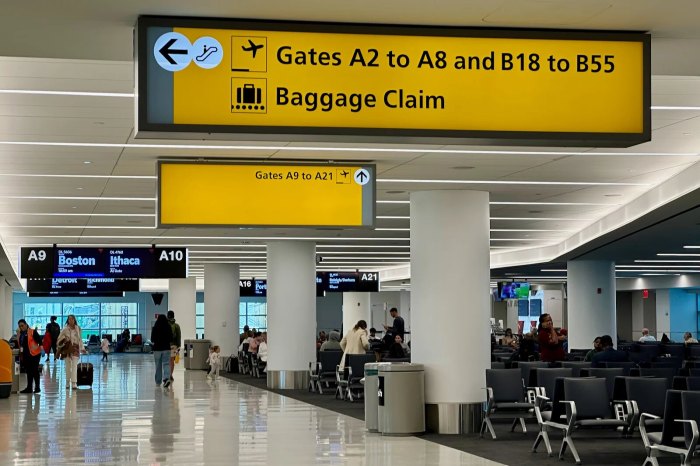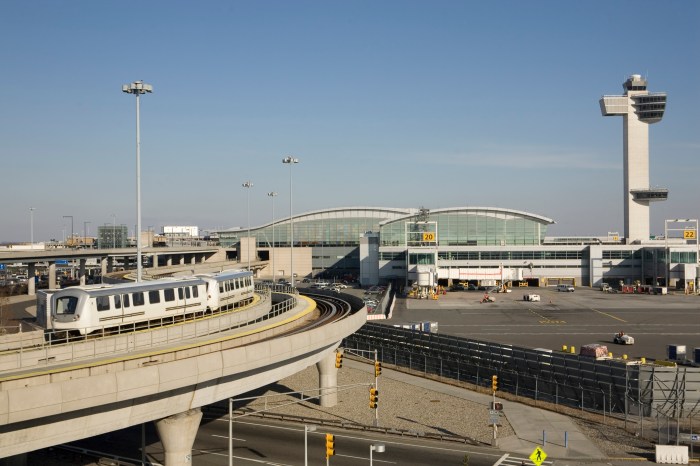By Philip Newman
U.S. Rep. Carolyn Maloney (D-Astoria) and other elected officials have identified what they termed the five most serious challenges to the ontime completion of the Second Avenue subway and warned delays could bring ruinous money problems to the enormous project.
Maloney presided at a news conference at 72nd Street and Second Ave. amid the noise of construction July 1 and enumerated what she said were the top five challenges – in reverse order of concern.
5. 69th Street entrance to the subway.
4. Installation of tracks.
3,. Electrical work.
2. Keeping the project on budget
1. 86th Street entrance.
When the first phase is done, the new subway line from 96th Street will link up with the Q train tracks at 63 rd Street and then on through Times Square, Lower Manhattan and Brooklyn. The Second Avenue subway is expected to carry 200,000 riders a day, siphoning off straphangers from the crowded Lexington Avenue line to Grand Central, where Long Island Rail Road trains will deliver passengers from Queens and Long Island to the East Side as an alternative to Penn Station. The East Side Access project cannot happen until the Second Avenue subway begins to draw riders from the 4, 5 and 6, which carry 40 percent of the city’s subway commuters every day.
“While the construction is still on schedule, I am concerned that these challenges could pose serious challenges for completing the Second Avenue subway as scheduled in December 2016,” Maloney said. “The completion of Phase One is of the utmost importance for my constituents and I was proud to help provide $1.3 billion in federal funding for the project, but we need to continue to monitor construction to help keep the momentum going.”
City Councilman Daniel Garodnick (D-Manhattan) agreed.
“The Second Avenue subway is almost here – but not quite,” Garodnick said.
“We need to remain vigilant to ensure it stays on schedule with no detours. Congresswoman Maloney has identified several areas of concern and we are counting on the MTA to address them.”
Maloney’s information came from a report by the MTA, which said June 22 that the 59th Street entrance to the 72nd Street entrance was moved from a storefront at 301 East 69th Street to the sidewalk because technical issues could not be resolved. The result was a delay in entrance project.
The MTA reported that the installation of tracks seemed to be on schedule.
As for electrical work, the MTA said it must be installed by December 2016.
The 86th Street entrance is badly behind, however, “and could affect revenue service,” the agency warned.
The MTA said delays could boost construction costs from $35 million per month to $45 million per month, “seriously eating into planned budget contingencies.”
The agency has asked the contractor to increase manpower, work extended hours, double shifts and work weekends in order to get back on schedule.”
Click here to Reply or Forward



































